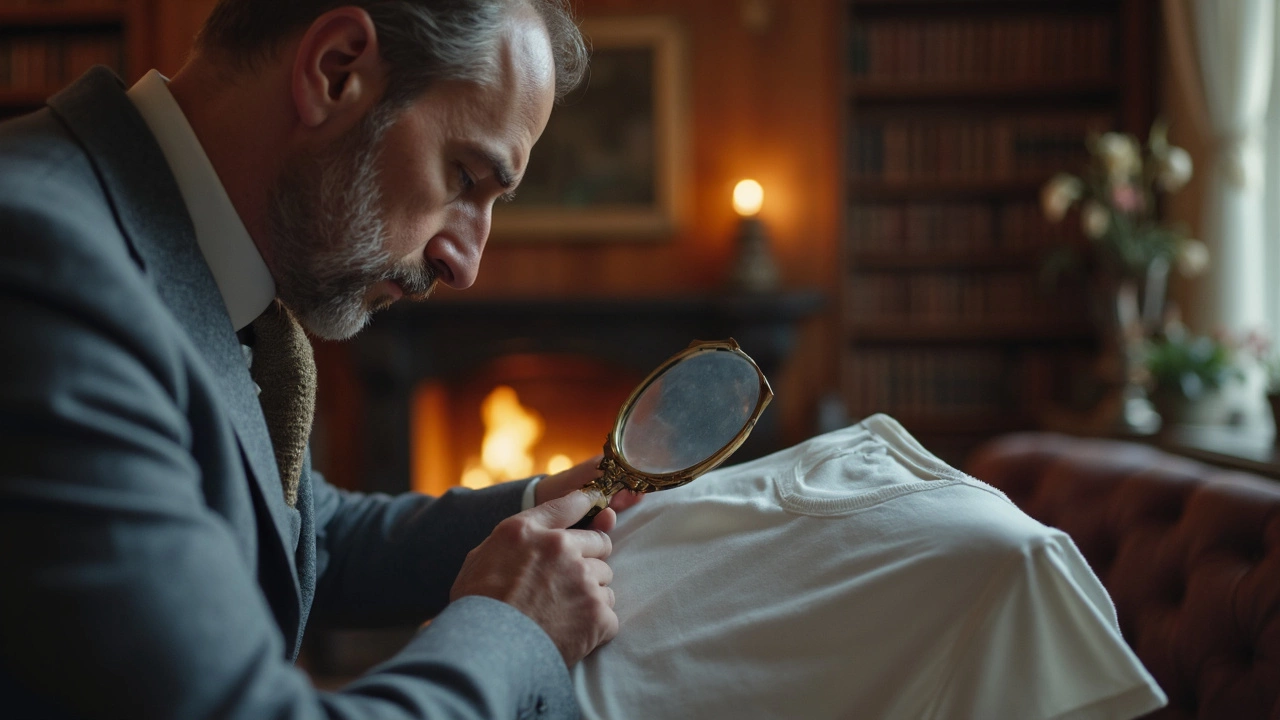T-Shirt Craftsmanship: What Makes a Handmade Tee Different?
If you’ve ever bought a cheap, mass‑produced tee, you know how thin the fabric feels and how quickly it loses shape. Handcrafted t‑shirts, on the other hand, feel sturdier, look sharper, and last longer. The secret isn’t just a higher price tag – it’s the way each piece is made from start to finish.
Fabric Choices that Matter
Local designers start by picking the right material. Instead of the generic 30‑gram cotton used in most fast‑fashion shirts, they often choose ringspun, organic, or blend fabrics that have a smoother hand and less pilling. A heavier weight (around 180‑200 gsm) gives the shirt structure, while a soft finish adds comfort. Because the yarn is spun in small batches, the texture is more even and the colour stays true after several washes.
Construction Techniques You Can Feel
When a t‑shirt is stitched by hand or on a small‑scale machine, the seams get extra attention. Double‑stitched or reinforced necklines prevent the collar from stretching out. Side seams are aligned perfectly, so the tee drapes naturally on the body. Some makers even use flat‑lock stitching, which reduces friction and keeps the shirt from itching.
Details like fabric‑bound hems, custom‑cut sleeves, and hand‑finished tags add a personal touch. These tiny steps take more time, but they stop the shirt from unraveling after a few wears. If you compare a handmade tee to a mass‑produced one, the difference in how it moves and feels is obvious.
Another pro tip is to look for tees that are pre‑shrunk or washed before sale. This step shrinks the shirt to its final size, so you won’t be surprised by a sudden fit change after the first wash. Many UK designers in Elgin wash their garments in stone‑washed water for a softer feel without compromising durability.
Choosing a handmade t‑shirt also supports sustainability. Small runs mean less fabric waste, and many creators use leftover pieces for limited‑edition colours. Some even offer repair services, so you can swap a torn seam instead of tossing the whole shirt.
When you shop for a tee, check the label for clues: look for words like “ringspun,” “organic,” “hand‑stitched,” or “pre‑shrunk.” If the brand shares a behind‑the‑scenes story about the maker, that’s a sign they care about the process.
In short, t‑shirt craftsmanship is about choosing quality material, taking extra steps in stitching, and finishing each piece with care. The result is a shirt that feels better, fits longer, and tells a story about who made it. Next time you need a new tee, think about the hands that built it – you’ll probably end up with a favourite that lasts for years.

How to Identify a High-Quality T-Shirt: Secrets Beyond the Label
Determining the quality of a t-shirt goes beyond just feeling the fabric. It's about understanding the materials, examining the stitching, and knowing what makes a shirt last. In this article, we'll uncover tips and tricks to help you identify high-quality t-shirts like a pro. From fabric types to construction details, you'll be ready to make informed choices and invest in clothing that stands the test of time.




